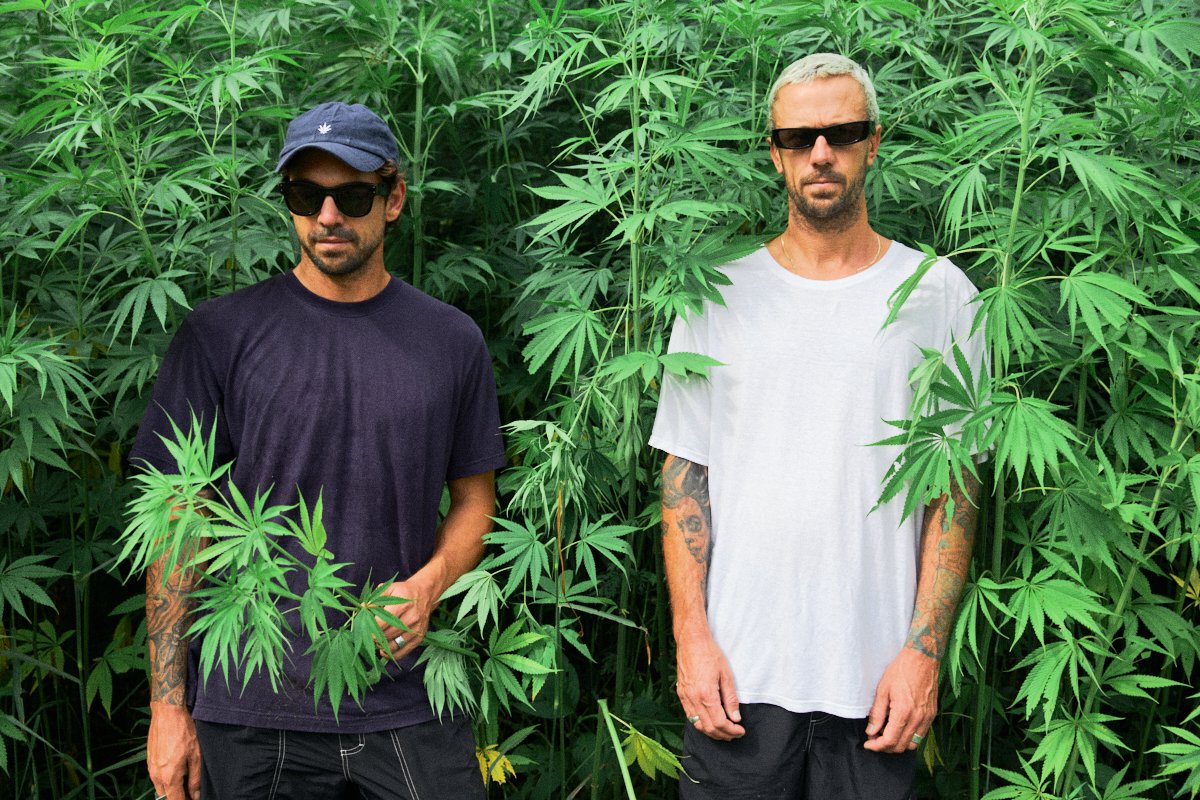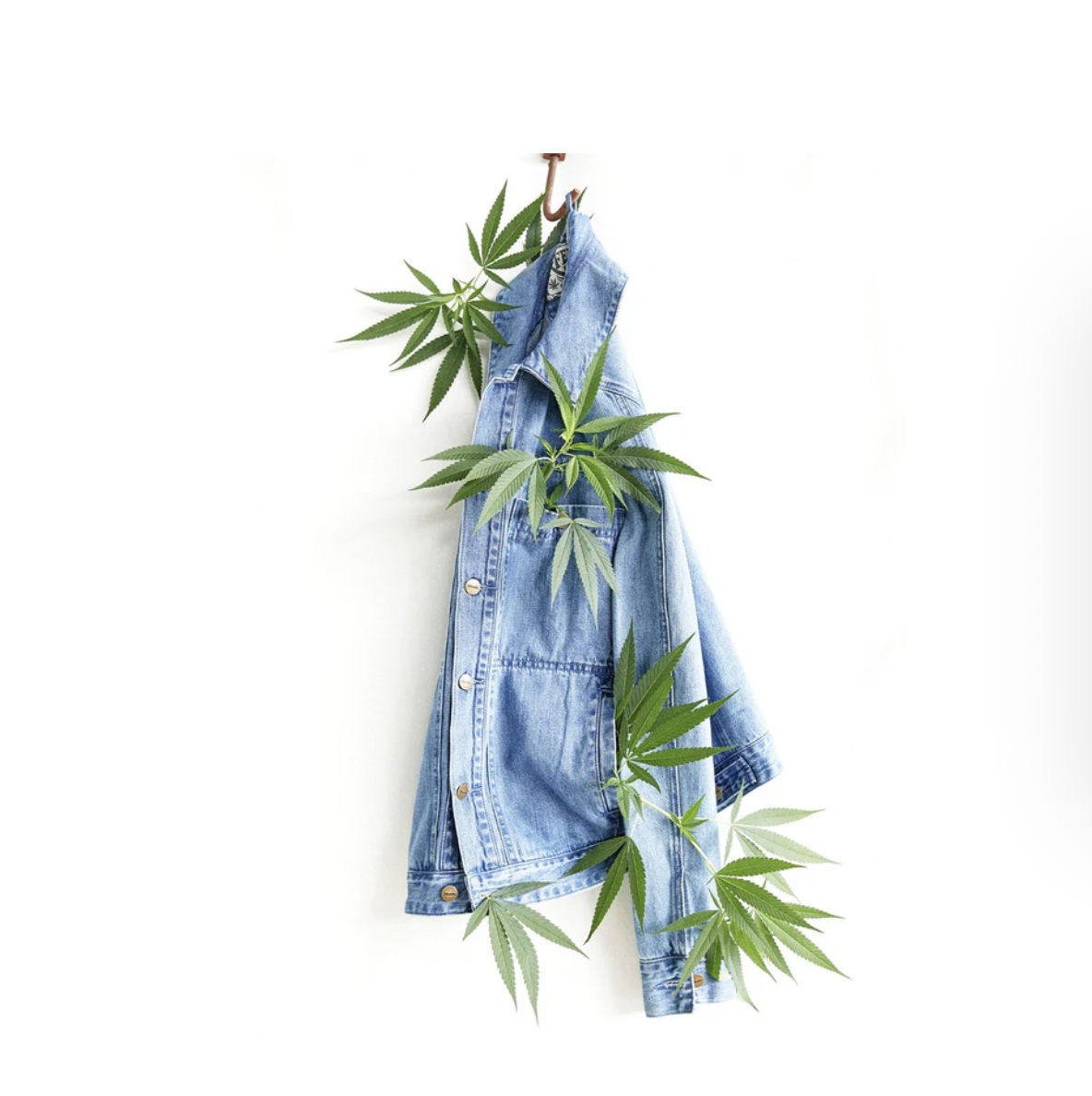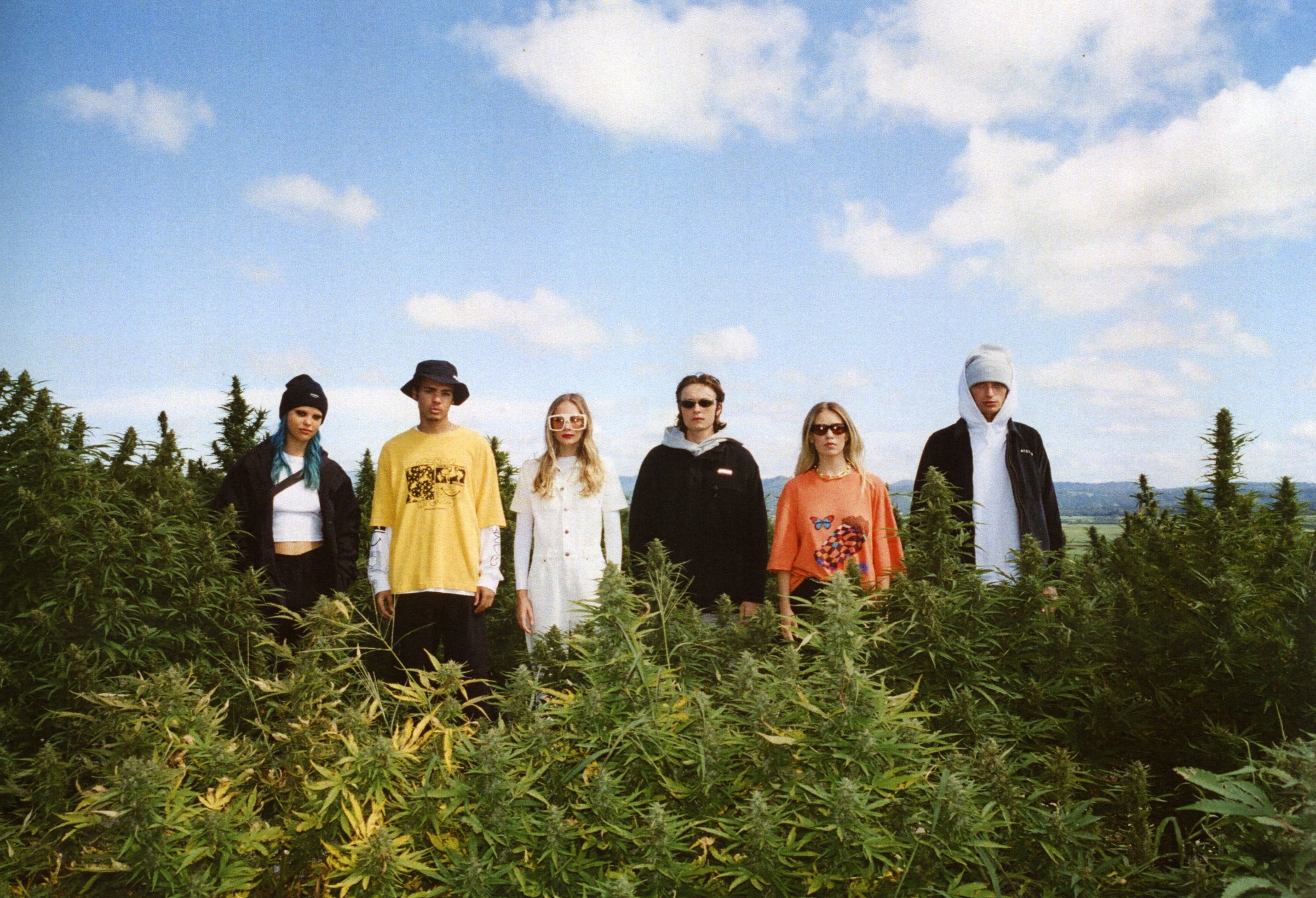On DIY hemp farming for textiles & why hemp rules (from both a farming & carbon-capture lens)
In episode 279, Kestrel welcomes Jono Salfield, the cofounder of Afends, to the show. A sustainability-focused brand based in Byron Bay, Australia, Afends recently started their own Hemp R&D facility – Sleepy Hollow Farm — delving into farming to grow their own hemp for future collections.
“Sustainability is just an evolution and being more innovative and looking at alternatives and trying things, to basically improve the way that we impact. Because we’re always gonna impact. And if you say that you’re not impacting, then you’re lying, really.”
-Jono
We’ve definitely explored HEMP on past shows. We’ve explored the challenges in cultivating the fiber commercially, due to legislation that prevented that for the last century or so. We’ve talked about the many uses of the plant – from feeding to housing to healing to clothing you.
And this week, we’re talking about how to actually GROW THE PLANT for fiber production.
Our guest, Jono, is the cofounder of an Australia-based brand, Afends, and now, you could also say, a hemp farmer. Two things I very rarely encounter TOGETHER across my work in this space.
In 2021, he and his cofounder purchased nearby farmland to build a hemp R&D facility – Sleepy Hollow Farm. And recently, they harvested their first fiber, impressively growing enough to replace the hemp used in their current line. Throughout our chat, we get into the why, the how, the challenges and the wins they’ve experienced in their first foray into hemp farming.
But for real – how do you go from running a brand to buying farmland, getting your hands in the dirt and figuring out how to actually grow fiber!? As Jono tells us, “we kind of jump into the deep end a lot.”
I’d say so.
He shares more on why hemp is so freaking amazing (from both a farming and carbon-capture lens), the general process involved with retting and decordication, the challenges that still exist to turn the plant fiber into actual fabric, and more.
Quotes & links from the conversation:
“What we aim to do is show Australia, or even the rest of the world, that hemp is a fiber which can 1) be easily grown, 2) be potentially that next big fiber that can help decrease a bunch of the impacts that growing conventional cotton has.” -Jono (17:26)
“For us, looking at the farming from seed to skin was something really important to us, because yeah, you can go online and you can research everything until you’ve seen what everyone’s written. But I think there’s something really important about seeing things firsthand and discovering what it entails to do it yourself.” -Jono (17:55)
“The type of plant that we need to grow for textiles is fast-growing sativa plant, which we needed to get to maximum height and it needs to be super dense. The denser, the more plants in a small area, the better, because you’ll be able to grow more fiber, basically. Sourcing that seed was the first major challenge.” -Jono (20:18)
Retting Process = hemp gets cut down and left in the field to basically let the microbes start to help separate the fiber from the hurd
Decordication = separating the hurd from the fiber // the long stalk has fiber on the outside and hurd on the inside
“We’re not able to make that fiber into actual textiles in Australia, there’s just no facilities set up. So, we have to send it to China, to where we actually construct and make the textile material. And look, ideally, on a perfect sustainable level, everything’s just done within a few kilometers of where you’ve grown it, so the impact’s as small as possible. But, we’re not there yet.” -Jono (24:55)
“The other major positive behind it is that nothing goes to waste — especially when you’re growing fiber — because you’ve got this super dense field of really tall, stick-like plants, basically. There’s a little bit of leaf on top, but it’s not a thick cannibis plant with heaps of leaves and buds and stuff. But everything gets used. The hurd gets used for building, and then you’ve got the textiles from the fiber. So, the whole plant gets used. It’s quite incredible in that degree.” -Jono (29:03)









